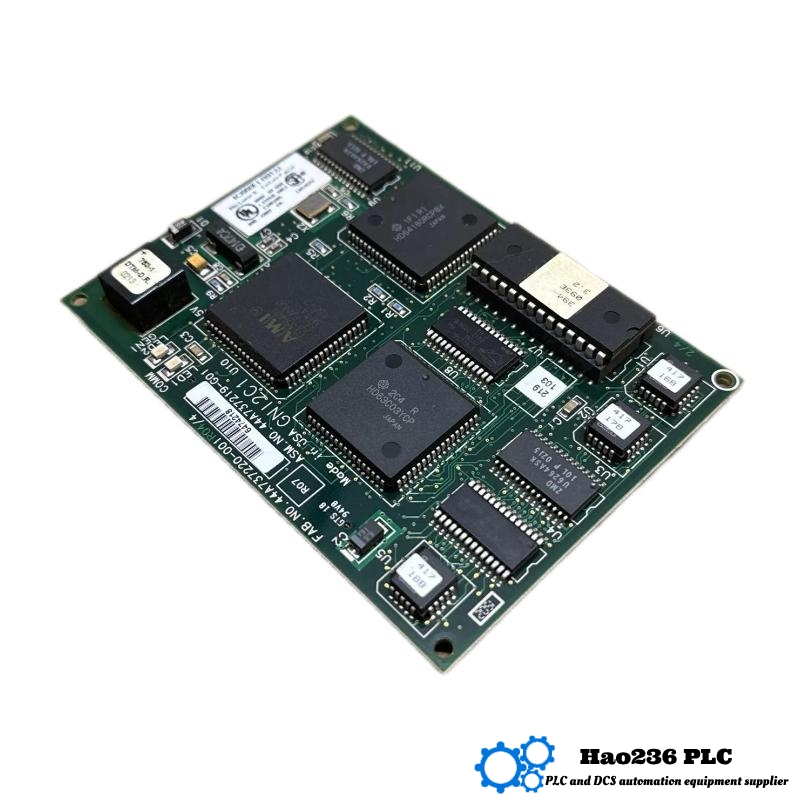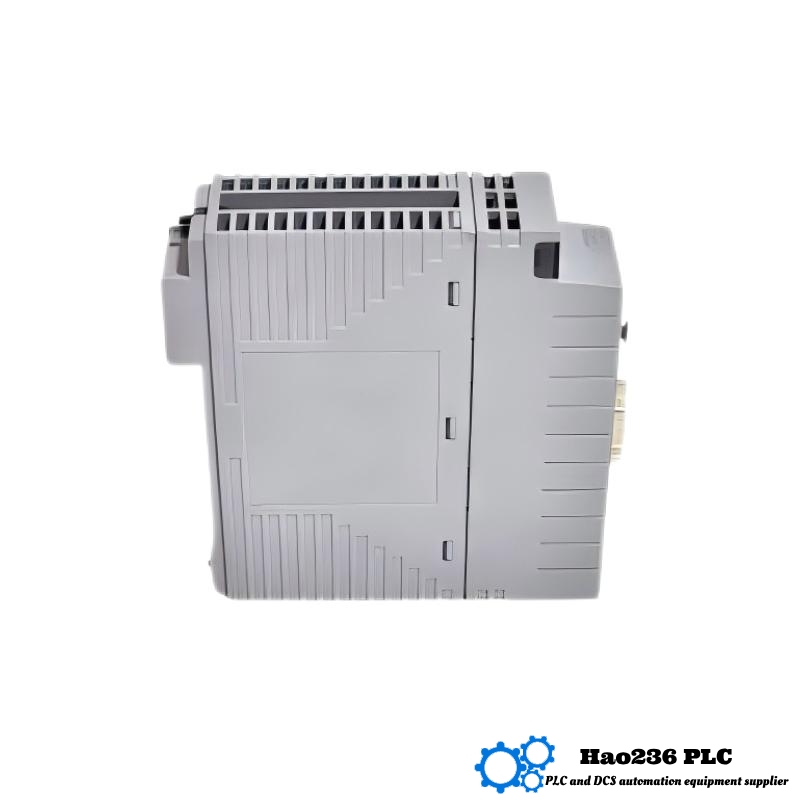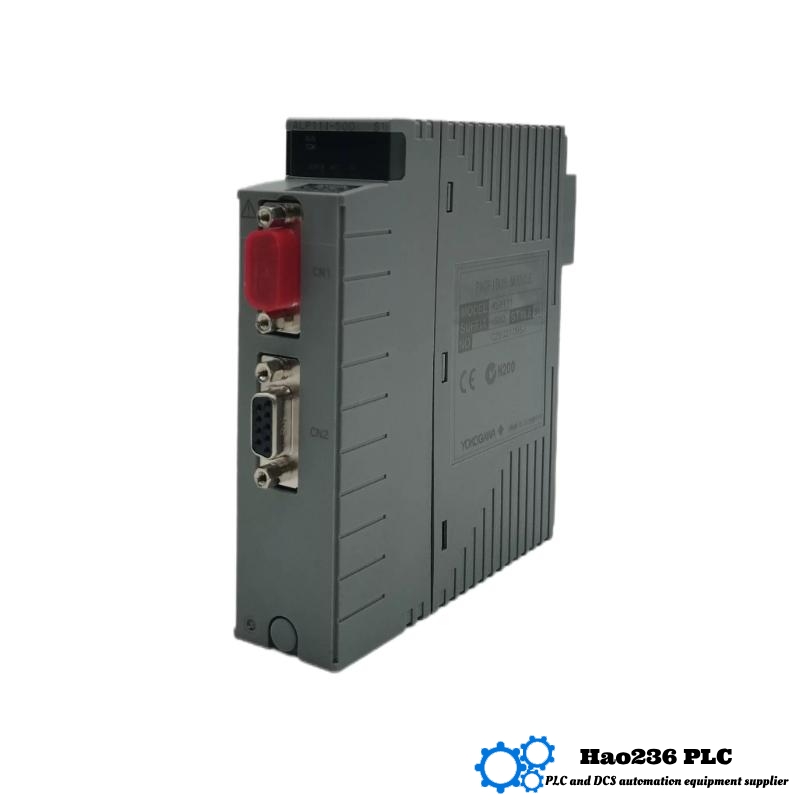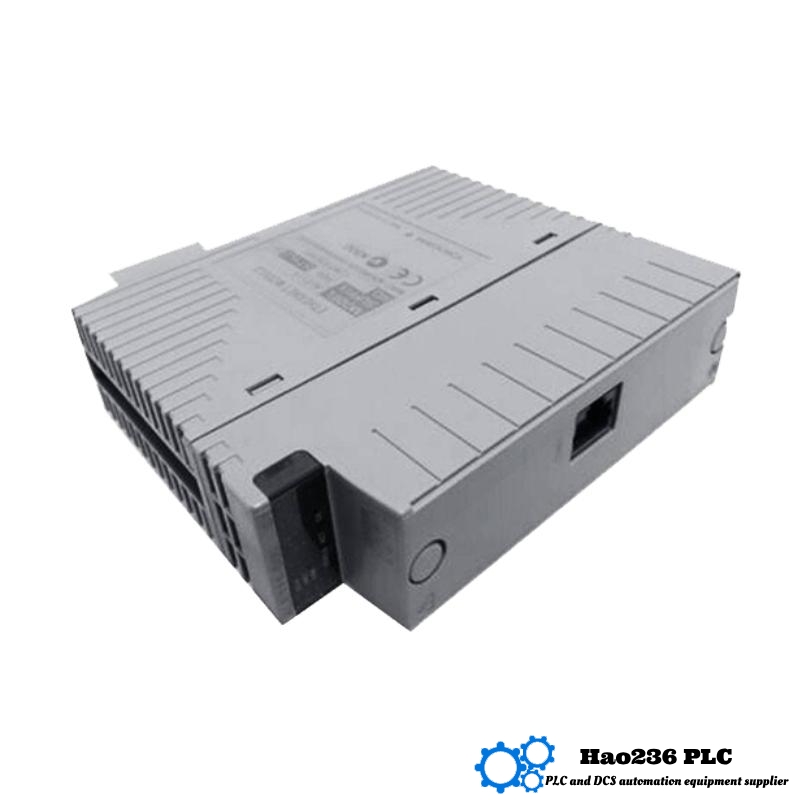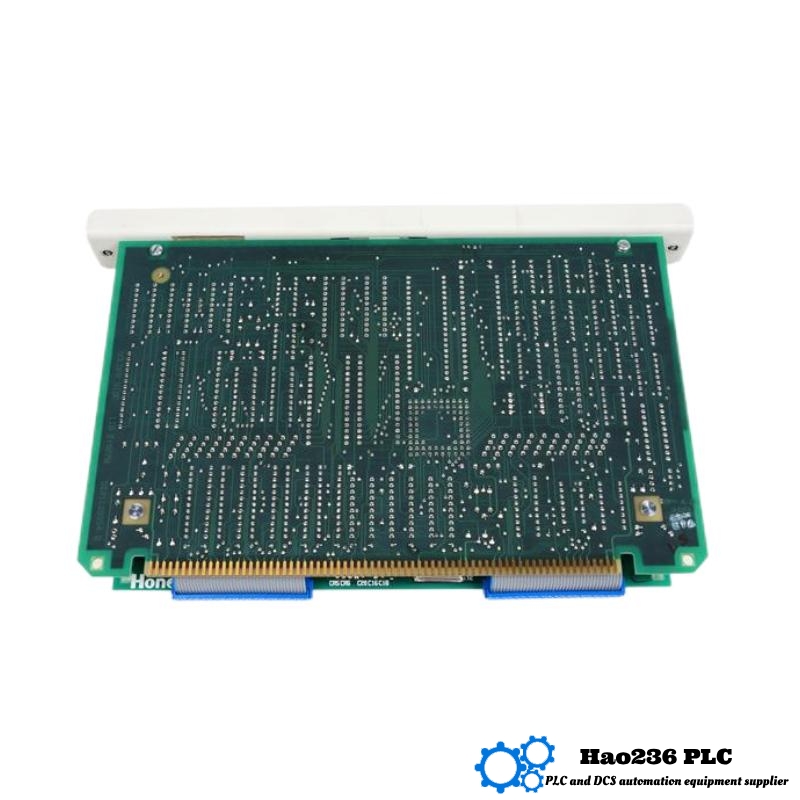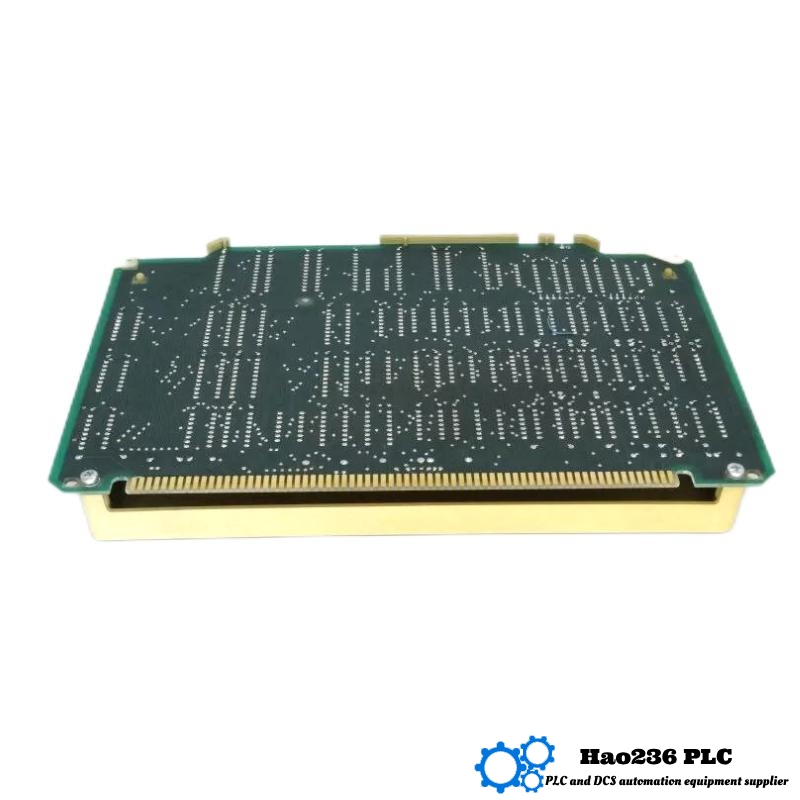NewsNEWCENTER
Featured products
Contact Us
How to solve the servo controller abnormality?
2025-03-19
The servo controller is the core equipment in the automation control system. It is mainly used to accurately control the operation of the servo motor. It is widely used in application scenarios such as industrial robots, CNC machine tools, and automated production lines that require extremely high motion accuracy. Therefore, when it has problems, it will easily lead to the normal operation of industrial automation. In order to solve the problem of servo controller abnormality, we must first know what abnormal performance the servo controller has and the reasons for its abnormality; only in this way can we find the corresponding solution. Below, we will introduce the relevant content around the servo controller.
1. What are the abnormal performances of the servo controller?
1. The motor does not run: When the servo controller is abnormal, the most intuitive performance may be that the motor has no response. No matter what instructions the upper computer issues, the motor is in a static state. This may cause the entire automated production line to stagnate and seriously affect the production progress.
2. Unstable motor operation: The motor jitters when running, the speed is fast and slow, and other unstable phenomena are also common manifestations of servo controller abnormality. In CNC machine tool processing, this instability will cause defects on the surface of the processed parts and fail to meet high precision requirements.
3. Frequent alarm information: Servo controllers usually have self-diagnosis functions. When abnormal conditions are detected, alarm information will be output through the display or indicator light. These alarm codes correspond to different fault types, such as overcurrent alarm, overload alarm, encoder fault alarm, etc.
2. Causes of servo controller failure
1. Power module damage: The power module is responsible for converting DC power into three-phase AC power to drive the servo motor. Long-term operation or excessive current may cause damage to components such as IGBT (insulated gate bipolar transistor) in the power module, which in turn causes the motor to not run or run abnormally.
2. Control board failure: Electronic components on the control board, such as chips, capacitors, resistors, etc., may be damaged due to aging, overheating or static electricity, affecting the processing and transmission of control signals, causing the servo controller to fail to work properly.
3. Encoder failure: The encoder is used to feedback the position and speed information of the motor. If the encoder fails, such as damage to the code disk, line break, etc., the servo controller will not be able to accurately obtain the real-time status of the motor, causing abnormal position control and speed control.
4. Parameter setting error: The performance of the servo controller depends on its parameter setting. If the parameter setting is improper, such as unreasonable settings of speed loop gain and position loop gain, the motor will run unstably or fail to achieve the expected control accuracy.
5. Program error: The control program inside the servo controller may have loopholes or be attacked by viruses, causing the program to run abnormally and affecting the control of the motor.
6. Electromagnetic interference: In industrial environments, a large number of electrical equipment will generate electromagnetic interference. If the shielding measures of the servo controller are not good, the interference signal may enter the control circuit, affecting the accuracy of the control signal and causing the motor to run abnormally.
7. Power supply problem: Unstable power supply voltage or excessive voltage fluctuations may cause the electronic components of the servo controller to work abnormally or even be damaged. In addition, harmonic pollution of the power supply may also have adverse effects on the servo controller.
III. How to solve the servo controller abnormality?
1. Hardware troubleshooting and repair: For power module damage, professional testing equipment such as multimeters and oscilloscopes are required to detect the performance of components such as IGBT. If damage is found, replace the power module of the same model in time.
The control board failure is more complicated. You can first perform an appearance inspection on the control board to check whether there are obvious problems such as burnt components and loose solder joints. If you cannot make an intuitive judgment, you can use professional circuit maintenance tools, such as logic analyzers, to perform detailed inspections on the control board and repair or replace damaged components. When the encoder fails, first check whether the connection line of the encoder is loose or broken. If the line is normal, you can use an encoder tester to detect the encoder. If the encoder is damaged, you need to replace it with a new encoder.
2. Software problem handling: If you suspect that the parameter setting is wrong, you can refer to the manual of the servo controller to recheck and adjust the parameters to ensure that the parameter settings meet the operating requirements of the equipment. When adjusting the parameters, you should proceed step by step, and observe the operating status of the motor after each adjustment to avoid more serious problems caused by excessive parameter adjustments.
3. For program errors, you can try to reset the servo controller to restore it to the factory settings, and then re-download the correct control program. If the problem persists, you may need to contact the equipment manufacturer for technical support to repair or upgrade the program.
4. Improve the external environment: To reduce electromagnetic interference, shielding measures can be taken for the servo controller and related lines, such as using shielded cables and reliably grounding the shielding layer. At the same time, the electrical equipment should be reasonably arranged to avoid the servo controller being close to strong interference sources.
For power supply problems, a voltage stabilizer can be installed to ensure that the power supply voltage is stable within the working range of the servo controller. In addition, a power filter can be used to filter out the harmonic components in the power supply and improve the power supply quality.

